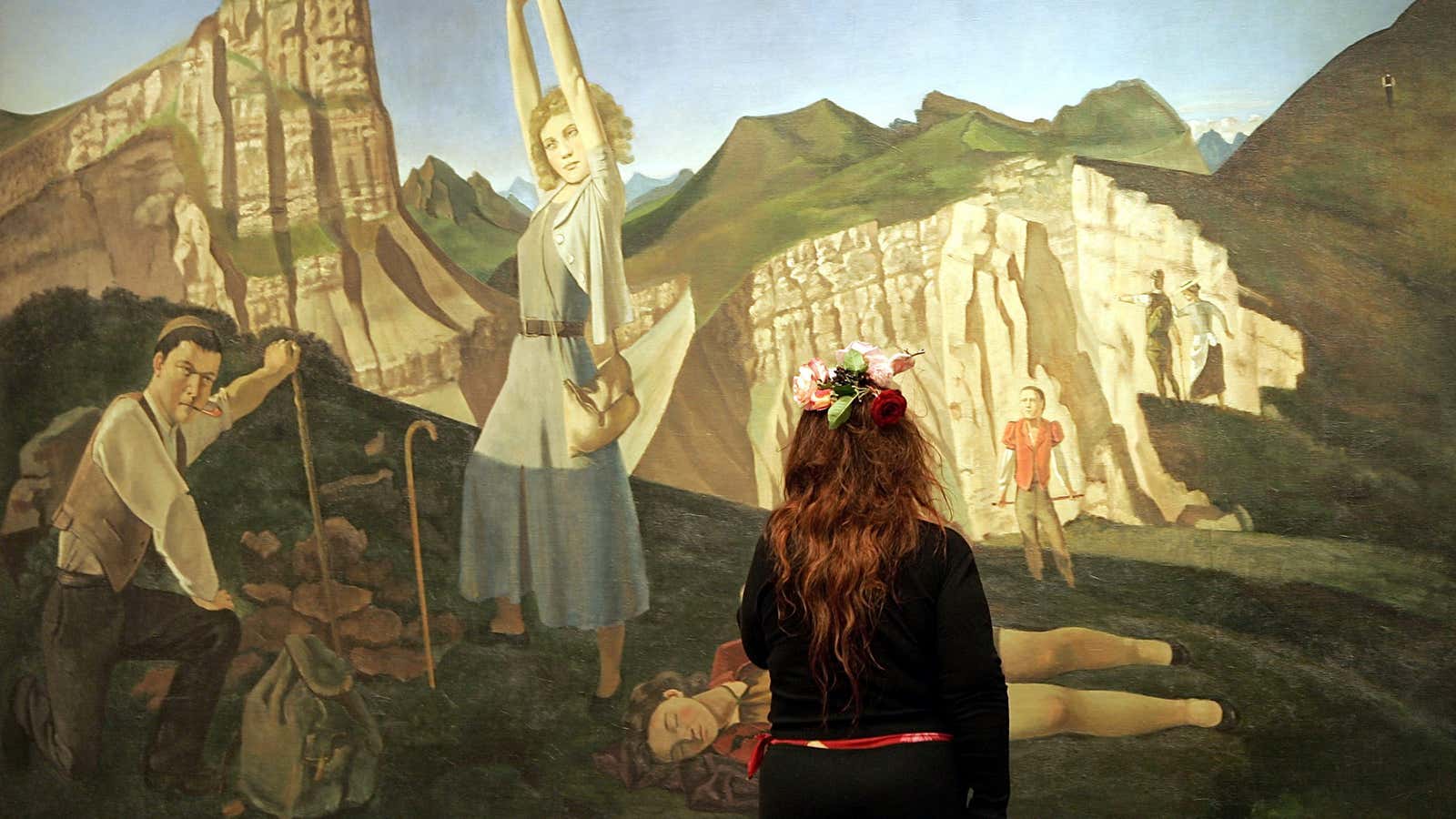What should we do with the art created by people who commit great wrongs? In his recent article about the sexual abuse allegations against esteemed conductor James Levine, New York Times music critic Anthony Tommasini wondered whether he should purge the maestro’s greatest recordings from his collection. Ultimately, Tommasini reasons that the revelations about Levine’s behavior do not tarnish the quality of the artist’s music. At the same time, as he listened to one recording, “I couldn’t help thinking about Mr. Levine’s accusers.” And so he decides to keep the albums—but to move them out of his living room, and their place of prominence and visibility.
Many people are confronting similar dilemmas in the wake of damning allegations against high-profile personalities across the arts, entertainment, media, and politics. It is one thing to consume artwork—such as the opera scores conducted by Levine—with content that is unrelated to the artist’s behavior. Things get even trickier when it comes to the comedy of Louis C.K. or the films of Woody Allen, when the subject of the artwork correlates with the conduct of its creator.
Such is the case with the paintings of the 20th century Polish-French artist Balthasar Klossowski, better known as Balthus. Many of the most famous paintings by Balthus feature prepubescent girls in sexually suggestive poses, often in an otherworldly reverie, and seemingly unaware of the gaze of the viewer.
Now Balthus’ work is coming under extra scrutiny in light of the #MeToo movement. Last week, an online petition with over 11,000 signatures circulated asking the Metropolitan Museum of Art to remove the 1938 painting Therese Dreaming from its gallery—or at least add a plaque providing further context. The painting depicts 11-year-old Therese reclining in a chair with her eyes closed and legs apart, revealing her skirt’s lining and her white underwear. The petition argues that the image “romanticizes the sexualization of a child.” The cat at her feet, lapping at milk, adds another potentially suggestive metaphor of a man’s presence in the room.
Balthus’ artwork has always raised questions about the artist’s voyeuristic predeliction. Unsettling and even prurient, the paintings prompt the viewer to imagine the perspective of a voyeuristic man leering at an unguarded moment of his subject. The Met’s title of the 2013 Balthus exhibition was cautionary: Balthus: Cats and Girls: Paintings and Provocations. Viewer beware. Some critics, however, have argued that it is only the sullied eye of the viewer that imagines perverse activity among the girls’ elongated bodies, arched limbs, and glimpses of their underwear.
It is tempting to equate recent accusations of inappropriate behavior with Balthus’ depiction—and yes, even celebration—of the beauty he observed in a pre-pubescent girl. But we must remember that we are looking at the artist’s works through a 21st-century lens, making us prone to imbue the paintings with an immoral significance. While the culprits of the current torrent of accusations are currently in a stupor of apologia and regret, Balthus has only his paintings as a defense. He cannot offer context for his work, so his paintings must speak for themselves.
Art historians have noted his overlapping penchant for tweens and cats, and ascribed various interpretations —ranging from languorous to erotically charged and narcissist to voyeur—to his work without definitive resolution. His works beg disconcerting questions and provide few answers. As viewers, we can choose to engage in dialogue about the paintings, or avoid them entirely if the content seems offensive. The distinction between sexual impropriety and the observation and depiction of adolescent awakening is best left to those who choose to engage in the conversation, ideally in front of the painting, which, fortunately, remains on view.
The Met’s decision not to remove the painting from view is laudable—a response consistent with its mission to promote dialogue about works of art, including their creation and the context in which they are seen. Imposing a view of the painting, in the form of a label advising viewers of potentially disconcerting subject matter, would also create a bias where one might not exist. When such labels accompanied the photographs of Robert Mapplethorpe, the content was explicitly graphic and could be interpreted as overtly disturbing. Balthus’ paintings should not carry a similar caveat.
Men who commit egregious behavior deserve to have their portraits removed from our pop-culture hall of honorees. But it would be detrimental to expunge their work from public memory. When the subject of the work of art relates directly to its creator’s nefarious conduct, even then we must refuse to remove the artwork from museums and gallery walls, as well as libraries, movie theaters, and concert halls. To do any less would suppress dialogue about sexism and sexual abuse at precisely the moment it needs to remain at the forefront.
